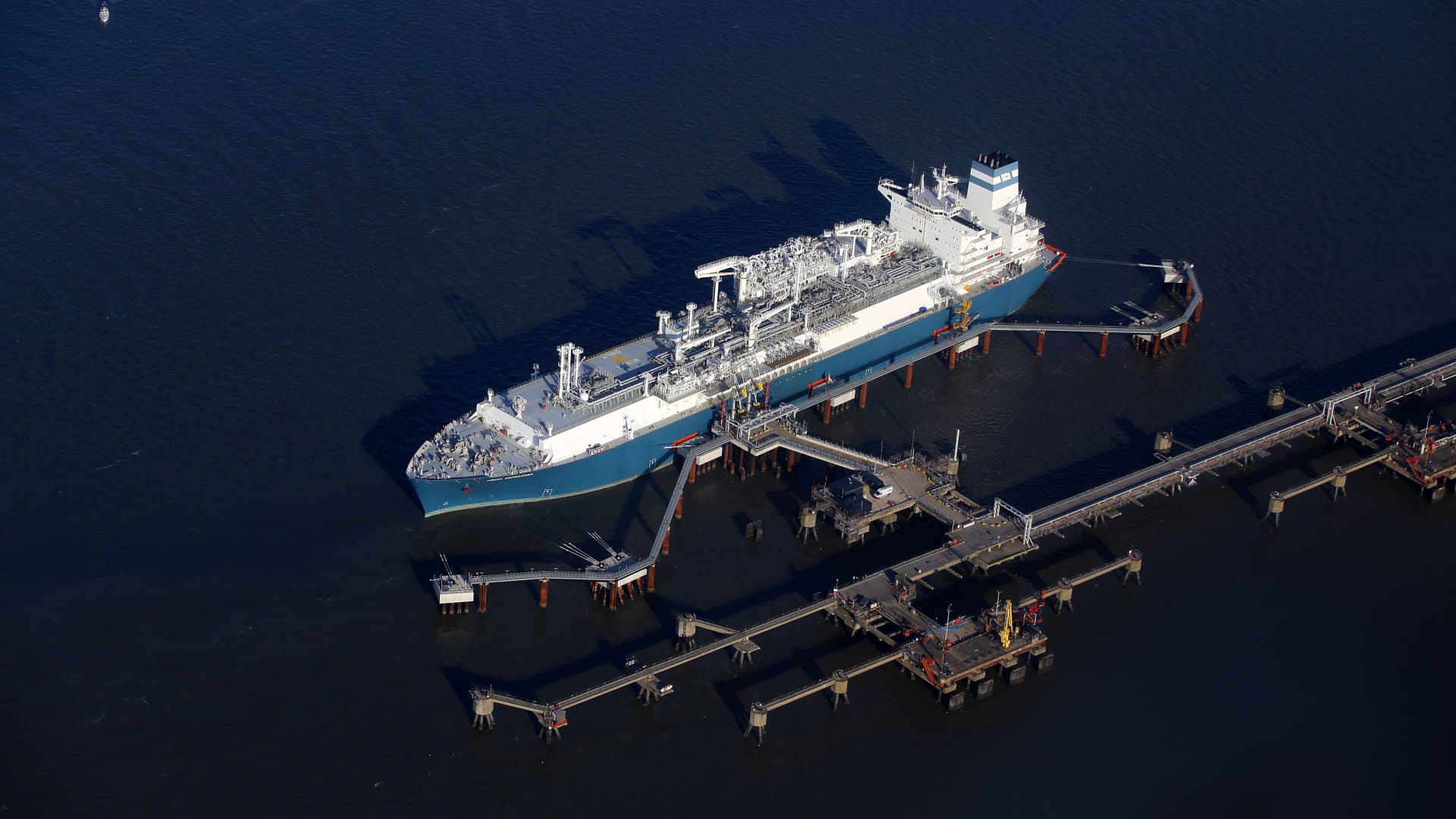European gas storage is in a strong position with storage levels hitting a record high of 92%, surpassing the European Commission's target, while Australian strike action poses an upside risk for the market, potentially driving prices higher than expected.
European and U.S. natural gas prices rose due to concerns over supply from Australia and Norway, with maintenance at Norwegian gas fields and fears of a strike at Chevron's LNG facilities driving uncertainty.
The LNG industry is addressing the basis risk between European LNG and pipeline gas by using the first LNG-settled derivative for Northwest Europe, called NWM, which provides a like-for-like hedge for European-delivered LNG cargoes.
European Union countries have increased their imports of liquefied natural gas (LNG) from Russia, contradicting the EU's goal of reducing reliance on Russian fossil fuels, according to a report by campaign group Global Witness.
The European LNG market has matured over the past year and a half, with efforts to lower pricing risks associated with the state of the market, resulting in a more stable and liquid market; however, supply outages and potential strikes can still have a significant impact on LNG prices.
The global LNG spot market is expected to remain volatile until 2025, with even a normal winter in Europe posing challenges for gas supplies, according to Chevron executive Freeman Shaheen.
Strikes at Australian natural gas facilities could lead to a global shortage of gas supply and higher European gas prices, as the market is currently very tight with little flexibility, according to energy analysts. The strikes are scheduled to begin on Thursday unless an agreement is reached between Chevron and the unions representing workers at the Gorgon and Wheatstone projects. However, analysts believe that prices are unlikely to reach the record peaks seen in September 2021. The gas market also remains sensitive to other factors, such as disruptions caused by winter storms or a cut in Russian gas supply. There is also uncertainty surrounding the future of gas transit through Ukraine, which could further impact European gas prices.
Workers at Chevron's liquefied natural gas (LNG) projects in Australia have gone on strike, potentially disrupting over 5% of global supply and causing a spike in European gas prices, as talks broke down over wages and conditions.
European gas prices surged as workers at Australian natural gas facilities went on strike, raising concerns about global supply shortages. The strike, which is a result of failed negotiations over pay and job security, could potentially lead to a two-week halt in production.
Freeport LNG, the second largest liquefaction facility in the US, experienced disruptions and canceled cargoes due to a slowdown in feedgas intake, while global gas markets face challenges from rising Chinese consumption, European market volatility, and potential disruption in Russian pipeline gas to Europe.
The startup of terminal maintenance at Cove Point LNG is impacting Northeast gas prices, while diesel importers in Brazil face uncertainty due to Russia's temporary ban on exports.
Southeast Asian countries, particularly Vietnam, Thailand, and Indonesia, are expected to drive demand for liquefied natural gas (LNG) by 2030, with Vietnam experiencing strong growth due to its Power Development Plan 8 and economic expansion. By 2033, Southeast Asia's LNG demand is projected to quadruple, making up 12% of the global market.
